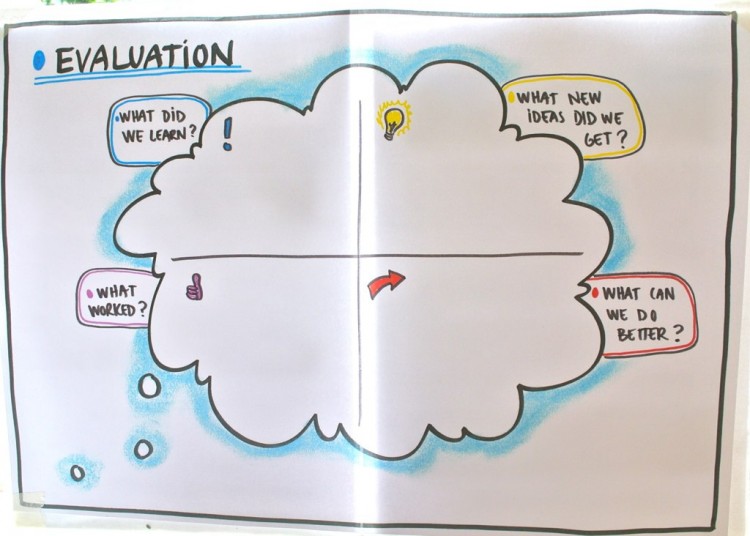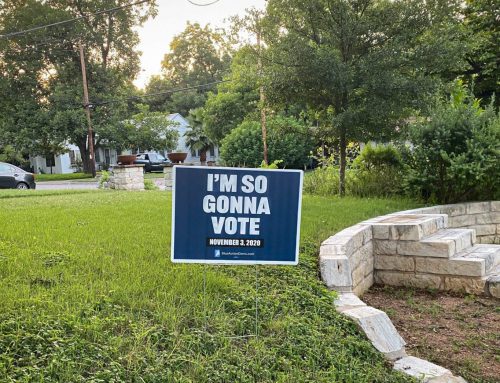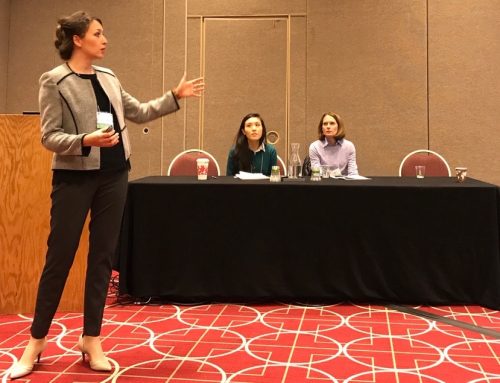
By Gayle Warner, Director of Grants and Program Strategy
Why is program evaluation important?
My 25-year nonprofit career challenged me to develop programs that would impact a person’s life – whether it was about finishing high school and/or being the first-generation graduate from college. Often, I worked hand in hand with local and national foundations to study community impact through the lens of innovation and evaluation. This experience is why I’m particularly interested in the program evaluation component of the Super Circular and the changes we need to make as a community with the funding we are given.
The Super Circular (aka: OMNI Circular and Uniform Guidance) was published on December 26, 2013, and became effective on December 26, 2015. The Super Circular can seem intimidating and cumbersome to read, however, the intention is simple:
- Streamline the guidance for federal awards to ease administrative burden
- Strengthen oversight over federal funds to reduce risks of waste, fraud and abuse
- Eliminate duplicate and conflicting guidance between circulars
In fact, the Super Circular emphasizes performance and innovation that are grounded in evidence-based programs and evaluation. This means we have to research across existing data banks and map out strategies to develop evidence-based programs that support our outcomes, all while using evaluation as the backbone to this process.
When I first read about this “new” circular, I wondered how this policy would be translated into request for proposals that were being announced. I started to look for signs of it. I also started having conversations with my colleagues and partners to see what they were noticing. We all agreed that the circular was real and we needed to take notice and share what we started to learn about it.
I’m now convinced after these conversations and observations that now is the opportune time for nonprofits and city government, really any agency that receives funding from external sources, to start conducting some form of program evaluation.
You can begin with researching existing similar evidence-based programs to figure out how you can incorporate certain elements into your programs. I know firsthand the burdens and limitations of evaluation, but if you’re able to demonstrate that your services make a real, measurable impact, you can then share your compelling story backed by facts and data. To facilitate development of your evaluation plan, find out how a third-party evaluator can help you capture the great work you are doing. A third-party evaluator can help you identify what is working (and not working) in your programming and incorporate any changes necessary to increase effectiveness. After going through this process, it should be much easier to talk to your program staff about what and how you modified your program. This ongoing evaluation process will become the tool that helps your programs be as successful as possible!
JVA, in recognition of these changes and the overall movement toward utilizing basic research and data to inform social services, is focusing on incorporating these strategies into all we do. If you want to learn more about the Super Circular, great evaluation strategies and environmental scans through our own effort to infuse implementations science, please call me at 720.407.8373 or email me at gayle@joiningvisionandaction to set up a meeting. You can also join us for a panel discussion on the Super Circular on May 26.
Additional resources:
JVA report: OMB Super Circular: What You Need to Know






It made sense to me when you said that you could capture the great work you are doing when you consider hiring a third-party evaluator. This sounds like a helpful tip for business owners that are aiming to understand how their potential and existing customers feel about the services that they are offering to improve their production. I could imagine these businesses hiring a program evaluation research team that could efficiently complete the job in less than two weeks.